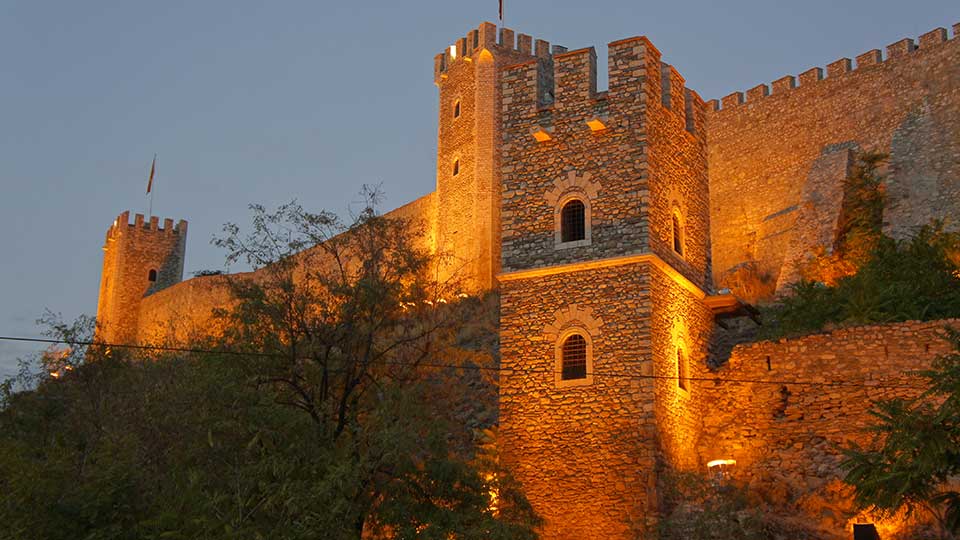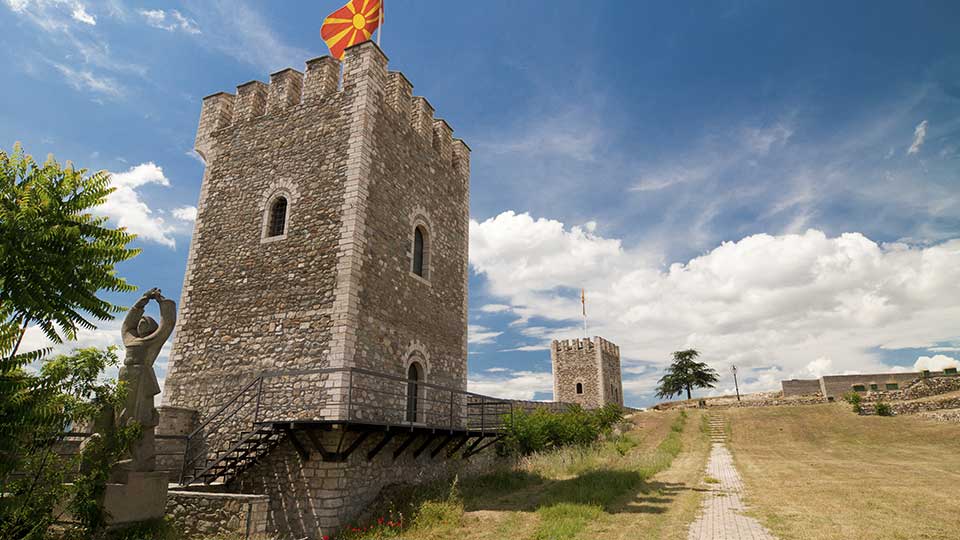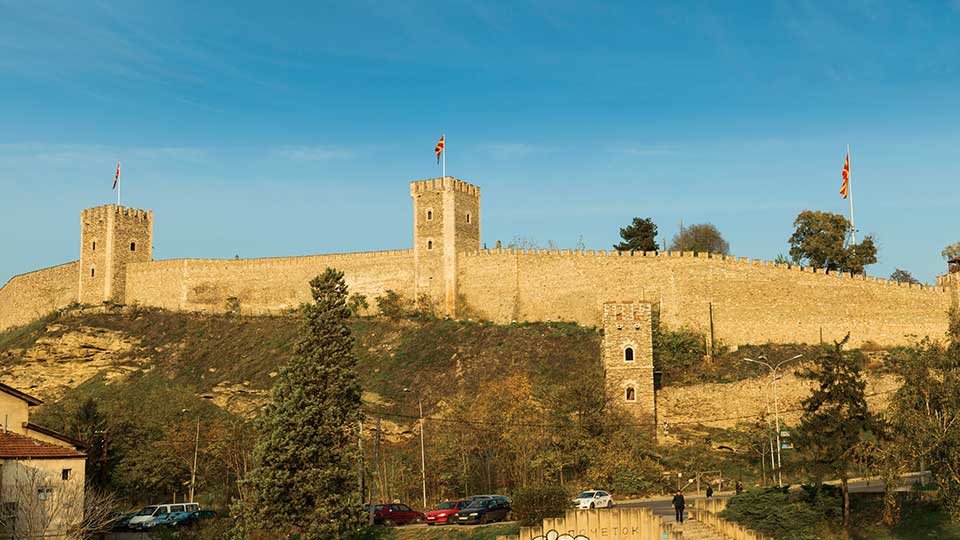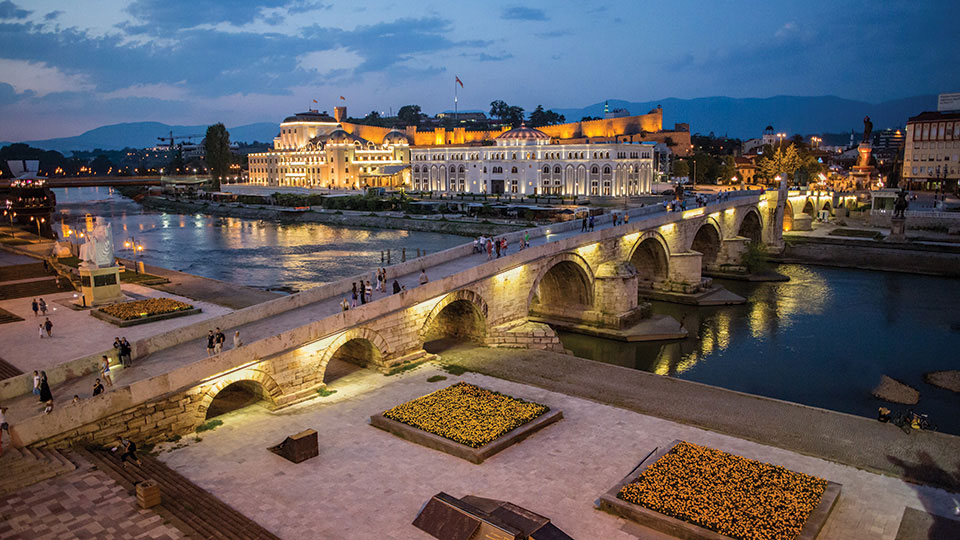Skope Fortress throughout history
The Fortress Kale is located on the eponymous hill, in the very center of Skopje, on the left bank of the river Vardar and partly in the western part of the bazaar. According to the information so far, the area on which today's fortress is located was inhabited since the prehistoric times, i.e. sometime around IV to III millennium BC. The fortress was again inhabited sometime around the 7th to 6th century BC. This settlement was protected by walls and existed sometime until the IV or III century BC.

The remains of half-shelter houses, which had a square base and a flat floor and were built deep in the ground, were found. The next stage in historical development is around V to VI century when a new wall was built around the settlement. The houses of this period had a quadrangular shape and were built of wooden beams.
Skopje Fortress - one of the country's major strategic points throughout history
In the sources, the city settlement "Skopje" was first mentioned at the end of the 9th century as "Skopje army". According to the claims of prof. Ivan Mikulcic, the Skopje Fortress was again inhabited in the 20th century. The Skopje Kale at the time of Samuel's kingdom was one of the more important strategic points in the country. It is established that the oldest elements of the main city wall date from that time, and Mikulcic points out that these are the only known Samoil walls in Macedonia.
During the 11th century, the so-called "Cyclopic walls" were built, and the activities on the city wall were carried out during the Komnin dynasty rule and in the period from the 13th to the 14th century. During the Ottoman rule, the fort was neglected and the site was empty. A detailed description of its appearance during the seventeenth century was given by Evlija Celebija. Twenty years later, in a letter to the Austrian Emperor Leopold I of Habsburg, General Picolomini wrote: The fortress is built in an old-fashioned manner, now completely without defense and water, there is no space for a cavalry.

During the 19th century, warehouses, arsenals, military hospital and prison were located on the fortress. It also had a similar purpose in the first half of the 20th century until 1951, when the army left the fortress. Skopje's Kale suffered great damage during the 1963 earthquake. The fortifications, defensive towers and buildings within the fortress were ruined, which contributed for its restoration to be considerably difficult. Its reconstruction was completed with the upgrading of the southwestern wall in September 2010, which was illuminated on the eve of the Independence Day of Macedonia.
Archaeological research on Skopje Kale
The fortress is located on the southern end of the geological area of petrified marl sediments and soft sandy layer, which extends over the area between the Vardar and Lepenec rivers. It has a shape of a triangle, flattened in the north and with a pronounced fall on the south and west sides. The eastern part of the fortress slopes down the flow of the Serava River and today a part of the bazaar is found there. Within the Skopje Fortress there are a large number of archaeological sites, where several researches have been carried out. Significant archeological excavations were carried out in the period from 1953 to 1967. From them, material evidence was obtained of the existence of the late Neolithic settlement of the area.
The latest archaeological excavations were launched on May 14, 2007. More than 200 archaeologists, historians and workers were engaged in the excavations. The project aimed to explore, protect and restore the fortifications and towers in the southwestern part of the fort. The kale, similar to the Stone Bridge, is considered one of the symbols of the city of Skopje and is shown as an integral element on the coat of arms of the city.

More information about Fortress Kale can be found on this website.

